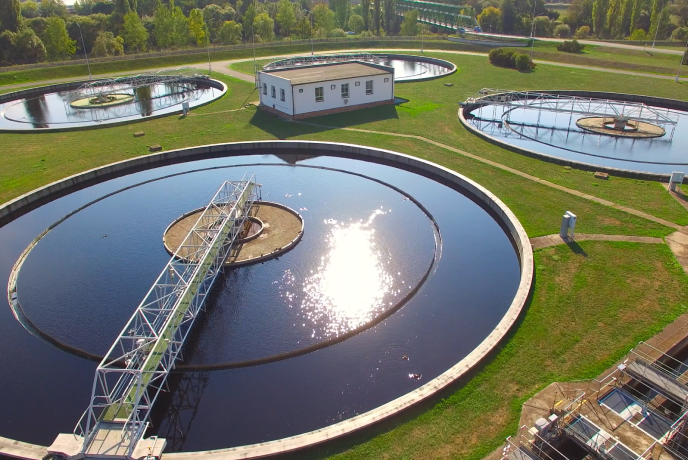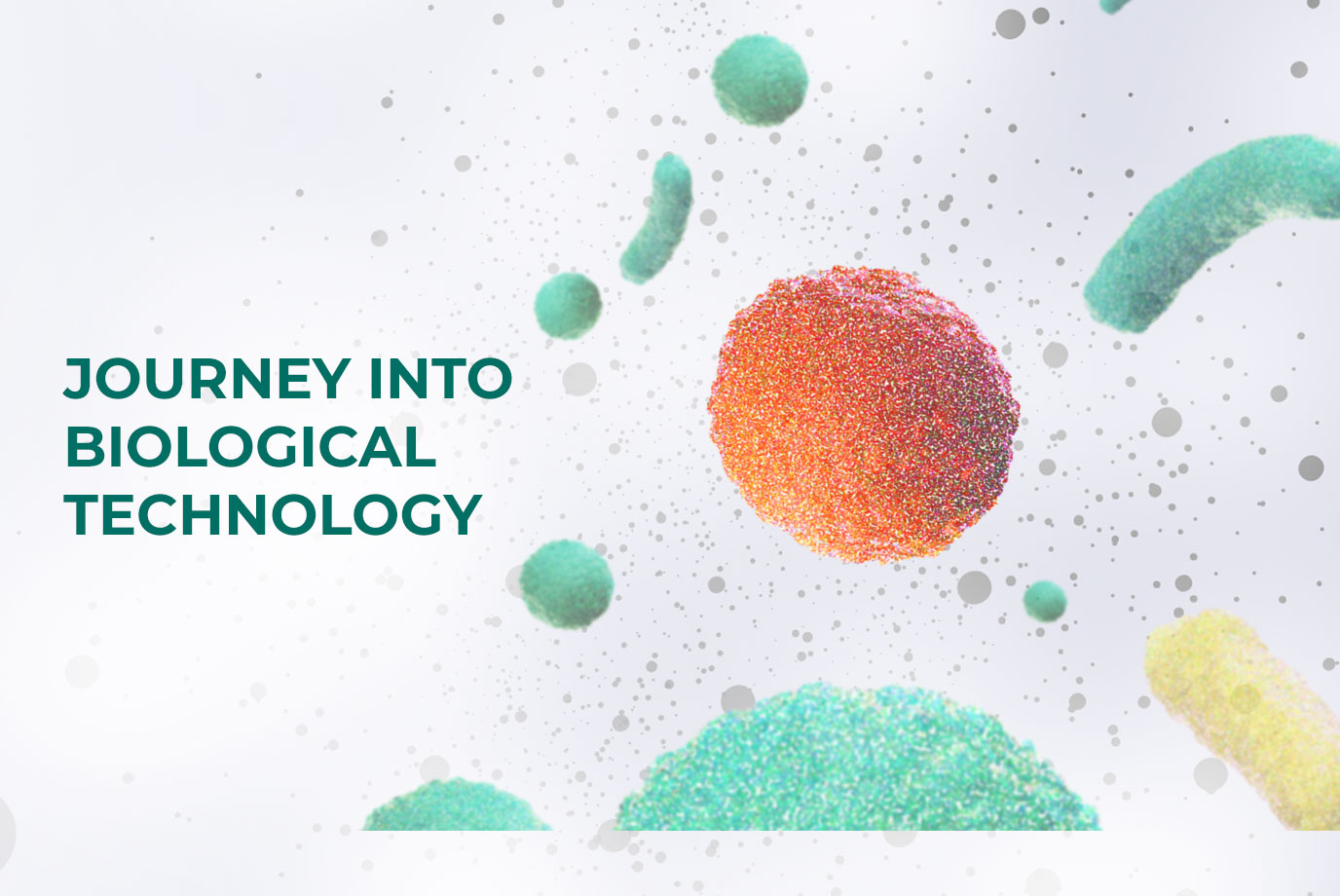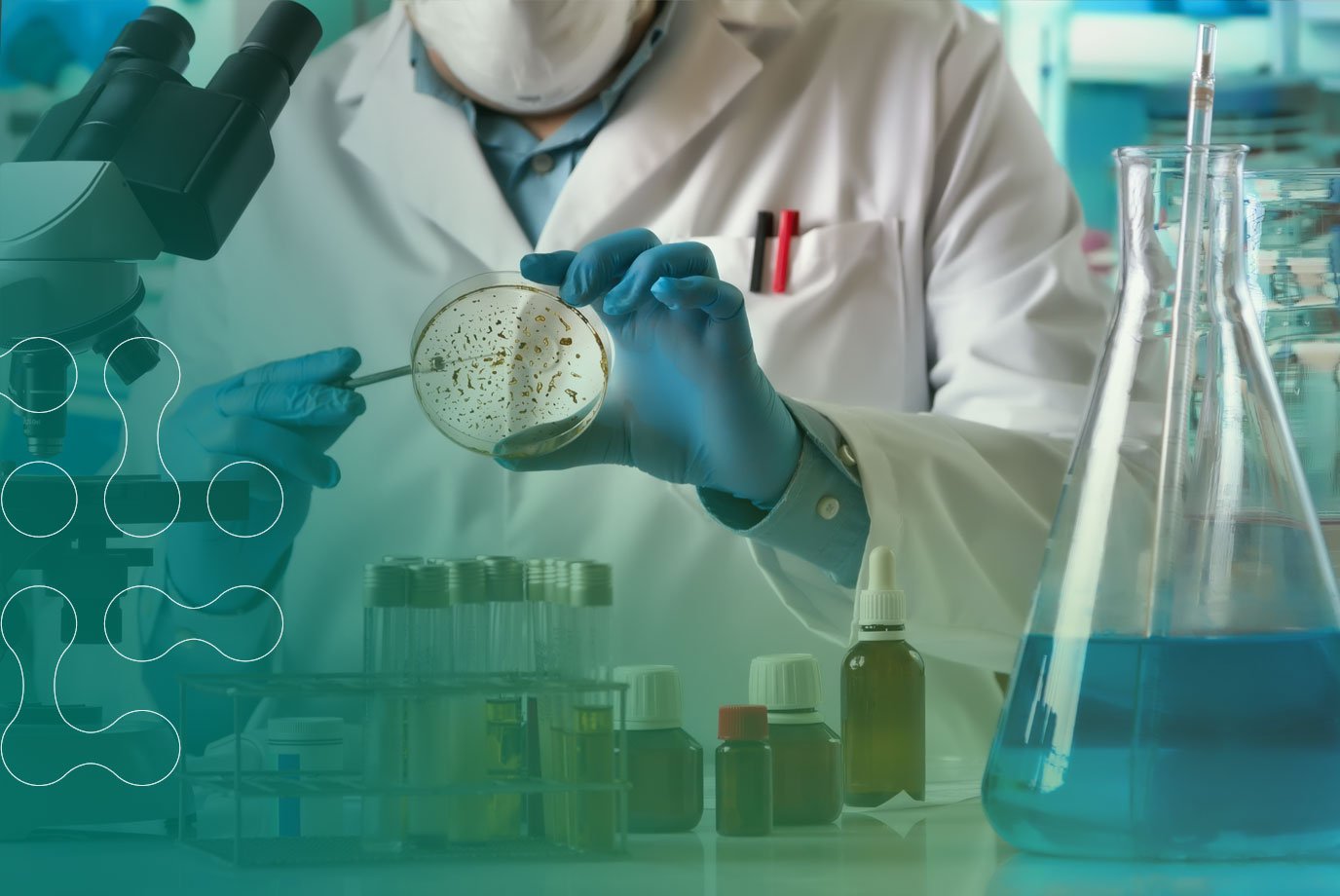- Home
- Products & Services
- Bespoke Solutions
- Bioremediation
Bioremediation
What is Bioremediation?
Bioremediation is an innovative branch of biotechnology that harnesses the power of biological systems, particularly bacteria, to combat environmental pollutants. Whether it's tackling wastewater, soil contamination, or even air pollution, bioremediation offers a natural and effective solution. By introducing specially designed species and strains of bacteria, this process can be significantly expedited, ensuring a more rapid breakdown of pollutants, such as grease and other organics. With its ability to restore and rejuvenate our ecosystems, bioremediation proves to be a promising tool in our ongoing battle against environmental degradation.

Grease Removal
Fats, oils and greases (FOGs) are a significant issue for Food Service Establishments (FSEs) and the water industry.
FOGs disposed of down sinks or directly from ovens and dishwashers may flow away quickly and appear harmless. However, as it cools, it thickens and hardens within the drainage system, resulting in internal and external blockages.
This problem may be worsened by grease-degrading products containing surfactants or solvents, which emulsify FOGs and enable them to reform downstream.
Biotechnology enables the complete and irreversible removal of fats, oils and greases without allowing these compounds to reform downstream. Instead, bacteria colonise the site of application and break down FOGs in-situ.
FOGs have a typical molecular structure consisting of a glycerol headpiece with three long-chain fatty acids attached. This is why FOGs are also known as triglycerides. Bacteria break down FOGs in two stages:
- Hydrolysis using the enzyme lipase. This cleaves the glycerol headpiece from the three fatty acid chains. Glycerol is then quickly used by the bacteria for energy and growth.
- Breakdown of the liberated fatty acids by a process called B-oxidation. Long-chain fatty acids are broken down into 2-carbon units, which are also utilised by the bacteria for energy and growth.
It is essential to consider both parts of this reaction when selecting bacteria for use in biological grease-degrading products. Lipase-positive organisms, especially if tested only against simple FOGs like tributyrin, will not necessarily break down the full range of FOGs commonly encountered in the kitchen environment or the fatty acids resulting from them. These abilities must be specifically tested.
Correctly formulated biological grease degradation products enable the efficient bioremediation of FOGs and allow operators to effectively manage their FOG, reducing costs and ensuring legislative compliance.

Wastewater Treatment
Bioremediation is a highly effective method of removing pollutants from wastewater. The principles are well known and widely used in the developed world, rendering wastewater fit for reuse or discharge into the environment.
The goal may be to target relatively simple organic matter, reducing BOD (Biological Oxygen Demand), COD (Chemical Oxygen Demand) and Total Suspended Solids (TSS), as will primarily be the case in municipal wastewater treatment plants (WWTP). Beneficial bacteria will colonise the WWTP and produce a battery of enzymes for the breakdown of organic matter, including amylase for starch breakdown, cellulase for the breakdown of plant and vegetable matter, lipase to degrade fats, oils and greases and protease to attach proteinaceous matter.
Nitrification, the removal of ammonia and resulting nitrite from wastewater, is essential in municipal plants and more specialist facilities.
Ammonia is produced from urine and proteinaceous matter and is highly toxic to fish and other aquatic life, so consent limits are usually very low. Although highly efficient, nitrifying bacteria are also susceptible to chemical and physical challenges, so performance is easily impaired in the WWTP. Species such as Nitrosomonas oxidise ammonia into nitrite, which is further oxidised to nitrate by species such as Nitrobacter.
It is also possible to bioremediate more complex substrates such as surfactants, petroleum and other hydrocarbons and recalcitrant pollutants, such as pesticides, which may require specialist species or strains of bacteria or fungi.
Correctly formulated biological products containing microbes tailored to the pollutants being treated and conditions expected enable operators to improve plant efficiency, reduce treatment costs and meet consent limits.



